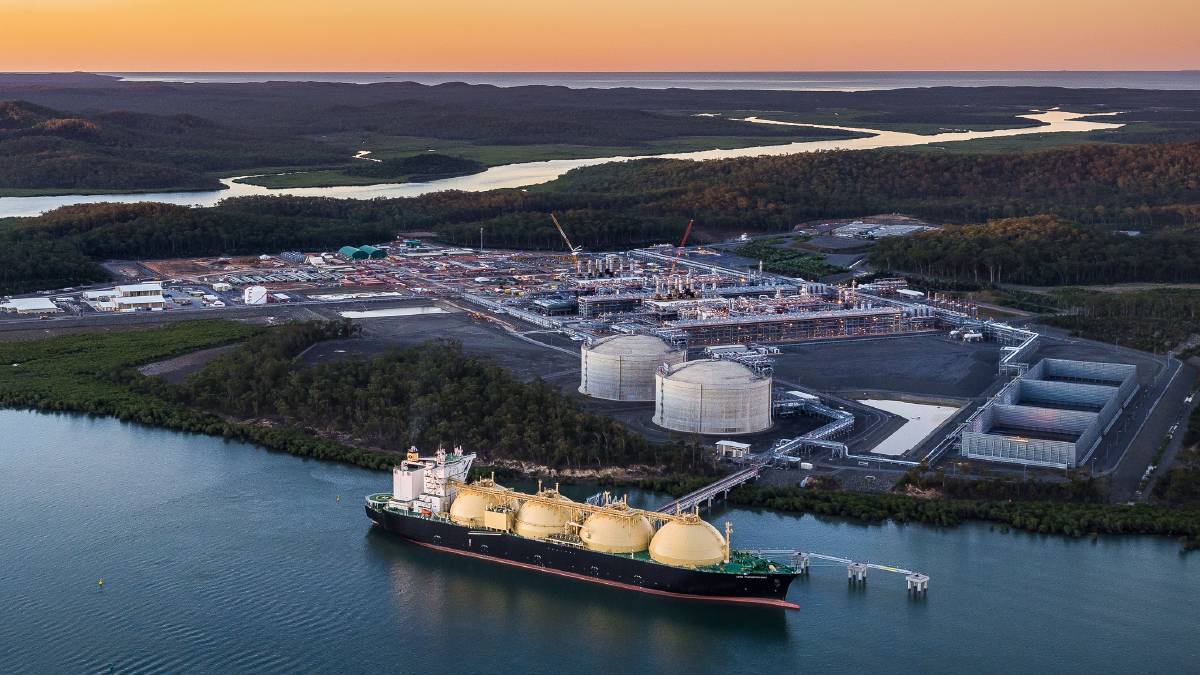(S&P Global Platts) Australia’s federal government released a plan on November 26 aimed at shoring up the country’s gas supply for the next 20 years so that the industry can meet anticipated growing LNG demand out to 2035 and domestic needs.
“The Morrison government is serious about gas and acknowledges the important role it plays supporting jobs, food production, manufacturing, industry, exports and energy supply,” Australia’s minister for industry, energy and emissions reduction Angus Taylor said Nov. 26 in a press release on the plan, known as the National Gas Infrastructure Plan, or NGIP.
The NGIP, which is part of Prime Minister Scott Morrison’s plan announced in September last year of a “gas-led recovery” amid the economic impact of the COVID-19 pandemic, comes despite the conservative government’s recent adoption of net-zero emissions by 2050.
The plan — the first of an ongoing series — envisions at least one new gas basin needing to be unlocked by 2030 to meet existing long-term export contracts as well as the ongoing requirements of domestic customers.
Focusing on key areas for the industry to develop, the report cites market modelling as showing the optimum timing for new sources of supply being:
“To what scale basins will be developed will be informed by the delivered cost of the resource and the outlook for future LNG demand post-2035 based on that cost,” the NGIP says.
The plan uses forecasts by McKinsey & Company in February that show global LNG demand growing by 3.4%/year to 2035 before slowing to a 0.5%/year growth from 2035 to 2050.
Gunnedah basin
The commonwealth’s plan notes that a current timeline for a final investment decision on Santos’ Narrabri Gas Project in 2022 may be delayed as appraisal activities take place, and the basin could have a limited future due to the New South Wales government recently indicating there will be restrictions on field development.
It says a new pipeline could be required by as early as 2026 so that Narrabri could supply the east coast market. Options include either the 200 Tj/day Narrabri-MSP Western Slopes Pipeline or the 450 Tj/day Narrabri-Newcastle (stage 1) to the Wallumbilla Gas Hub (stage 2) Hunter Gas Pipeline.
“The delivered cost of local gas from the Gunnedah basin to Melbourne or Sydney would on average be lower than gas delivered via an import terminal. However, up-front capital costs and overall gas volumes produced by the Narrabri Gas Project warrant consideration,” it said.
“This is especially relevant in the context of import terminals, which may play a more competitive seasonal role,” the report added.
Beetaloo basin
The unconventional shale gas Beetaloo basin is tipped in the plan by the commonwealth to be the most likely new basin “able to produce an abundant supply of gas, with potentially low delivered costs.”
As part of the gas-led recovery, the government has already thrown A$220 million ($156.60 million) in new funding to support its development.
But given its early stages in exploration and appraisal, there remain a lot of unknowns.
“There are a wide range of estimated upstream supply costs for development in the Beetaloo. If costs are toward the lower end then Beetaloo development could proceed, with first gas anticipated by 2025,” the NGIP said.
“Co-produced petroleum liquids have the potential to significantly alter the economics of development in the basin. However, it is important that more work is done to better understand the value, marketability and quantity of potential co-produced liquids,” it added.
The plan sees a “small-scale” possibility for the Beetaloo basin piping 350 Tj/day to the east coast gas market by 2025 and a large-scale option of up to 1,200 Tj/day from 2028.
“There is also an option to send Beetaloo volumes north to Darwin to backfill either the Darwin or Ichthys LNG plants,” it added.
The government’s plan warned that there is “a real prospect” of domestic supply shortfalls if the Beetaloo is not developed.
“If that is the case, North Bowen and South Galilee basins will both need to be developed, or additional import terminals will be required,” the plan said.
And depending on Beetaloo’s scale, the two Queensland basins may still be required anyway, it said.
South Galilee, North Bowen basins
The plan says that modelling shows two potential tranches of supply from South Galilee that could be developed and come online by 2028.
“Tranche one would deliver a maximum of 120 Tj/day, while tranche two could deliver a further 100 Tj/day,” it said.
Meanwhile, the North Bowen basin — to which the federal government and Queensland state government have co-committed A$10 million for a pipeline pre-feasibility study — has three potential tranches of supply.
The first tranche, the plan says, could be online from as early as 2025 with delivery of up to 210 Tj/day, while the second and third tranches could follow from 2028 and deliver up to an additional 30 Tj/day, and 400 Tj/day, respectively. The ramp-up is expected to occur in the early 2030s.
Taylor said that while the NGIP flags priority areas, he wants the industry to step up and act. The government has also called on the industry to identify critical projects that require support to accelerate delivery.
The next NGIP is set to be delivered late next year.




